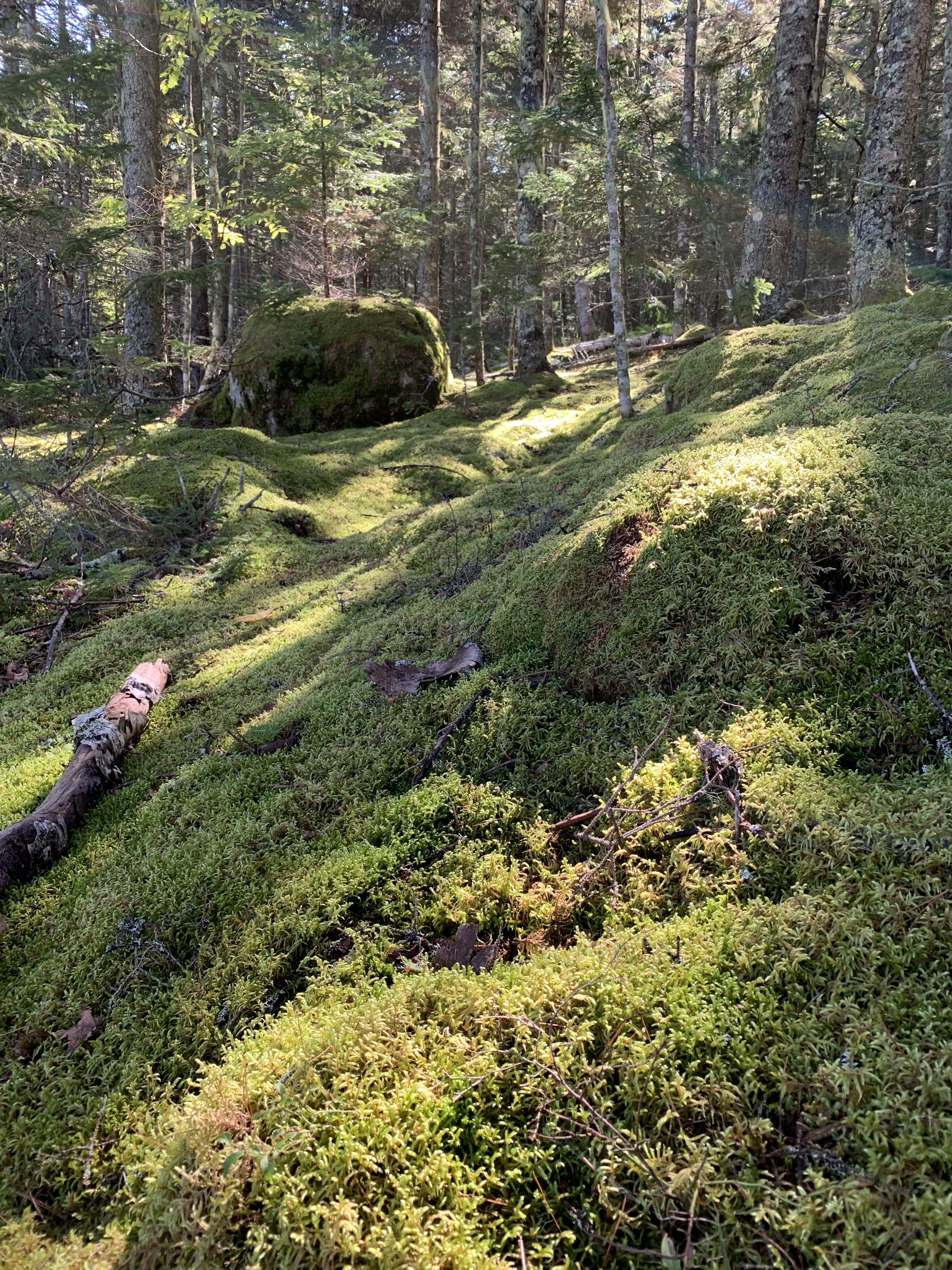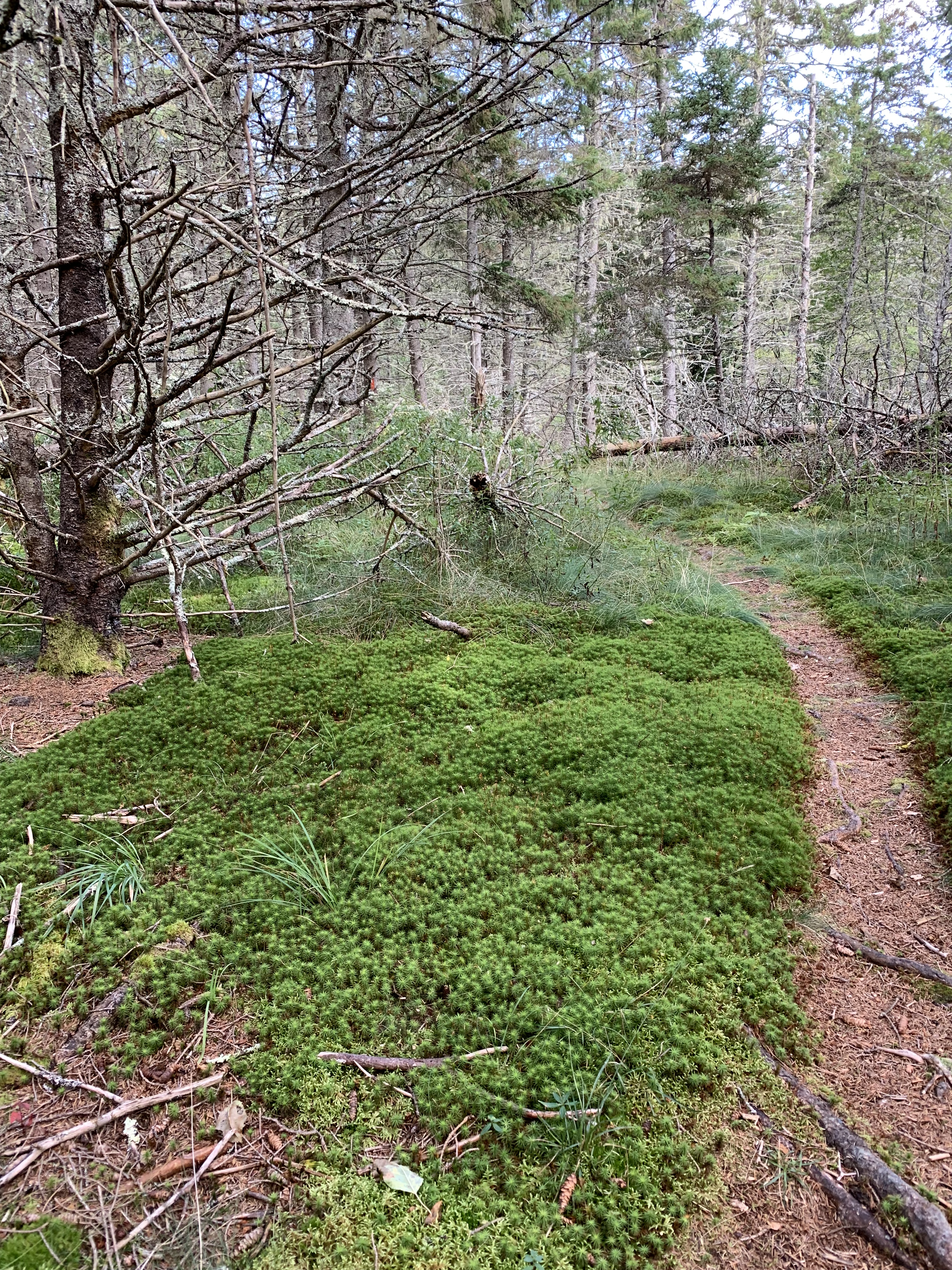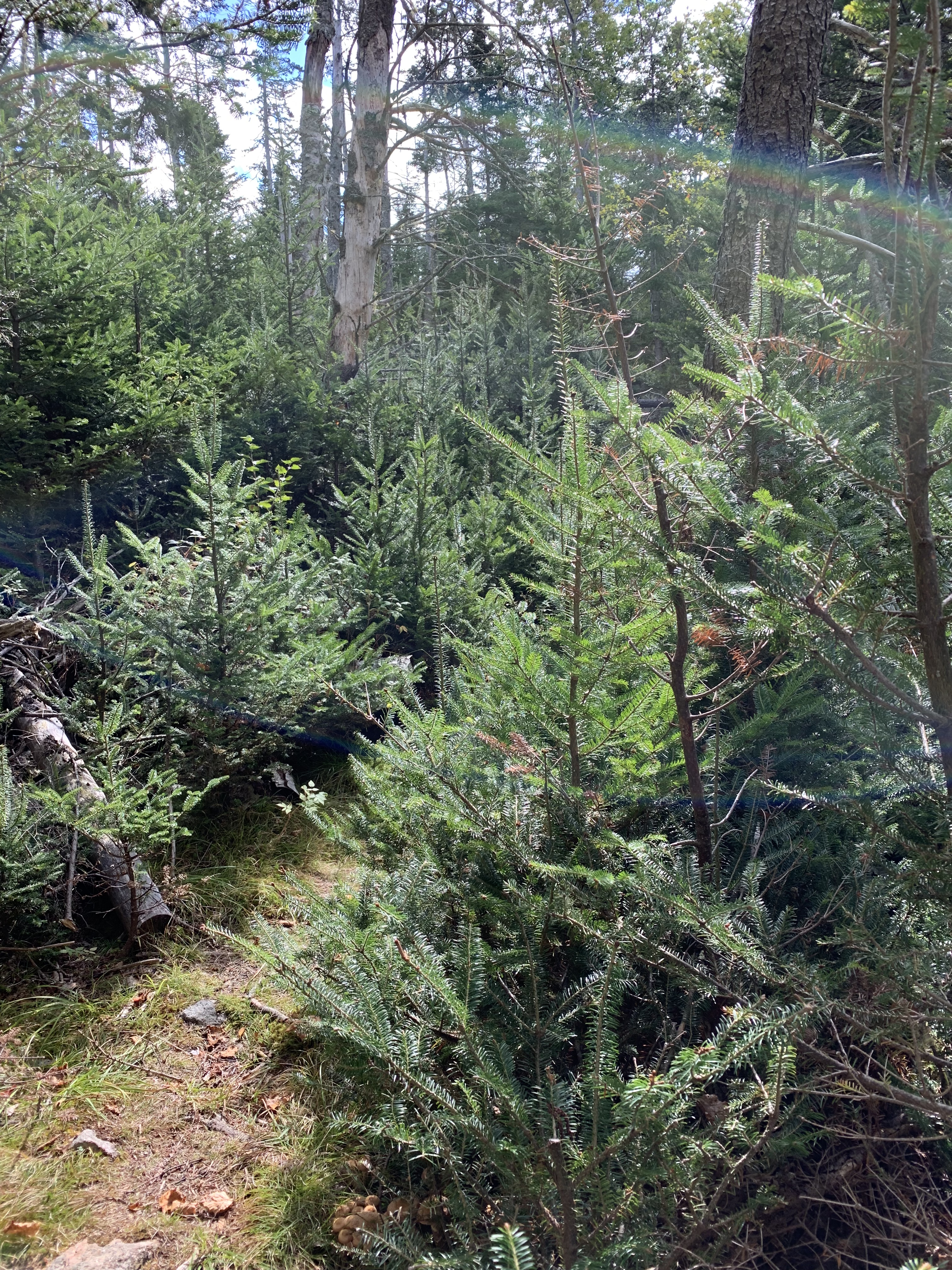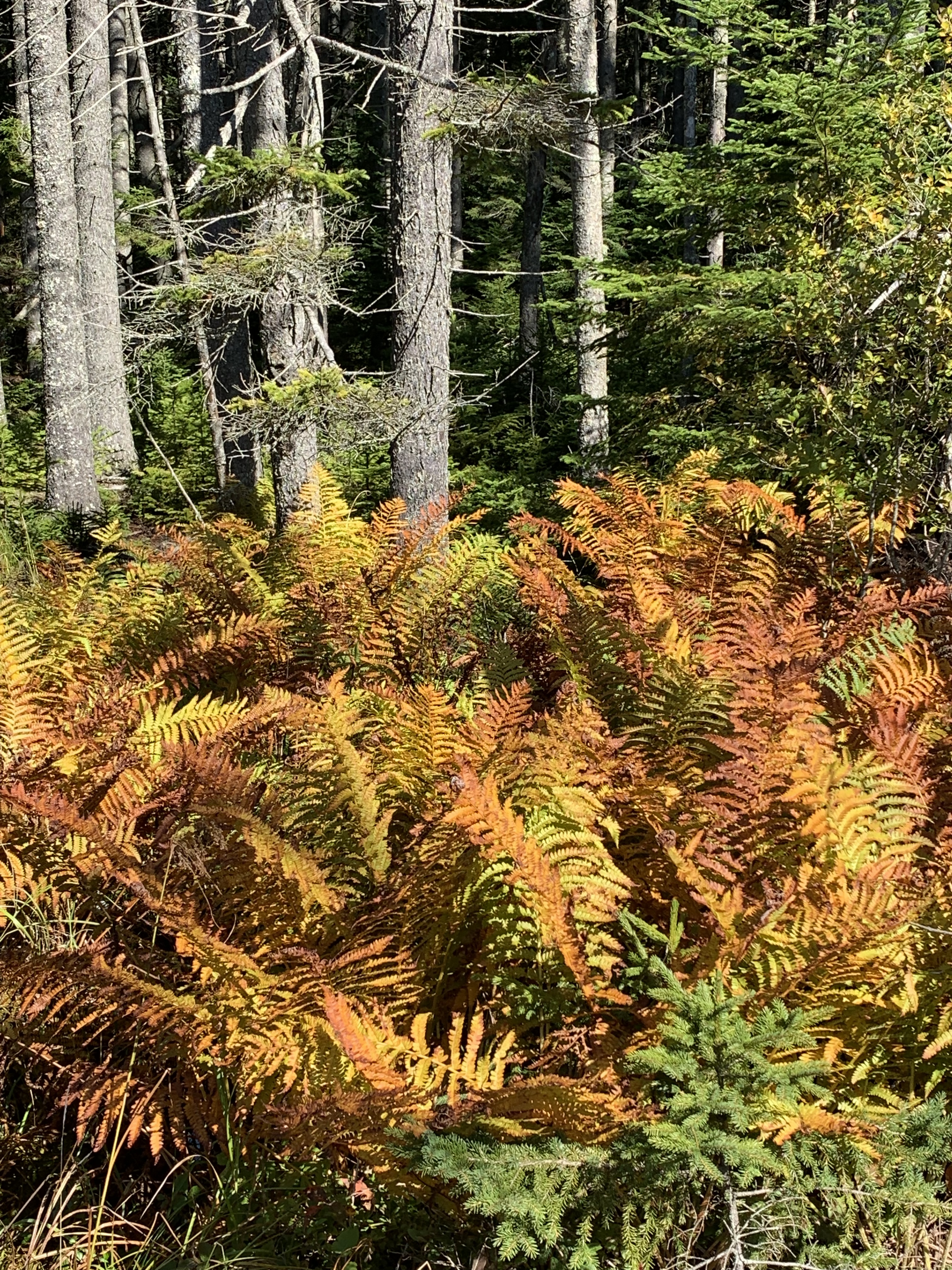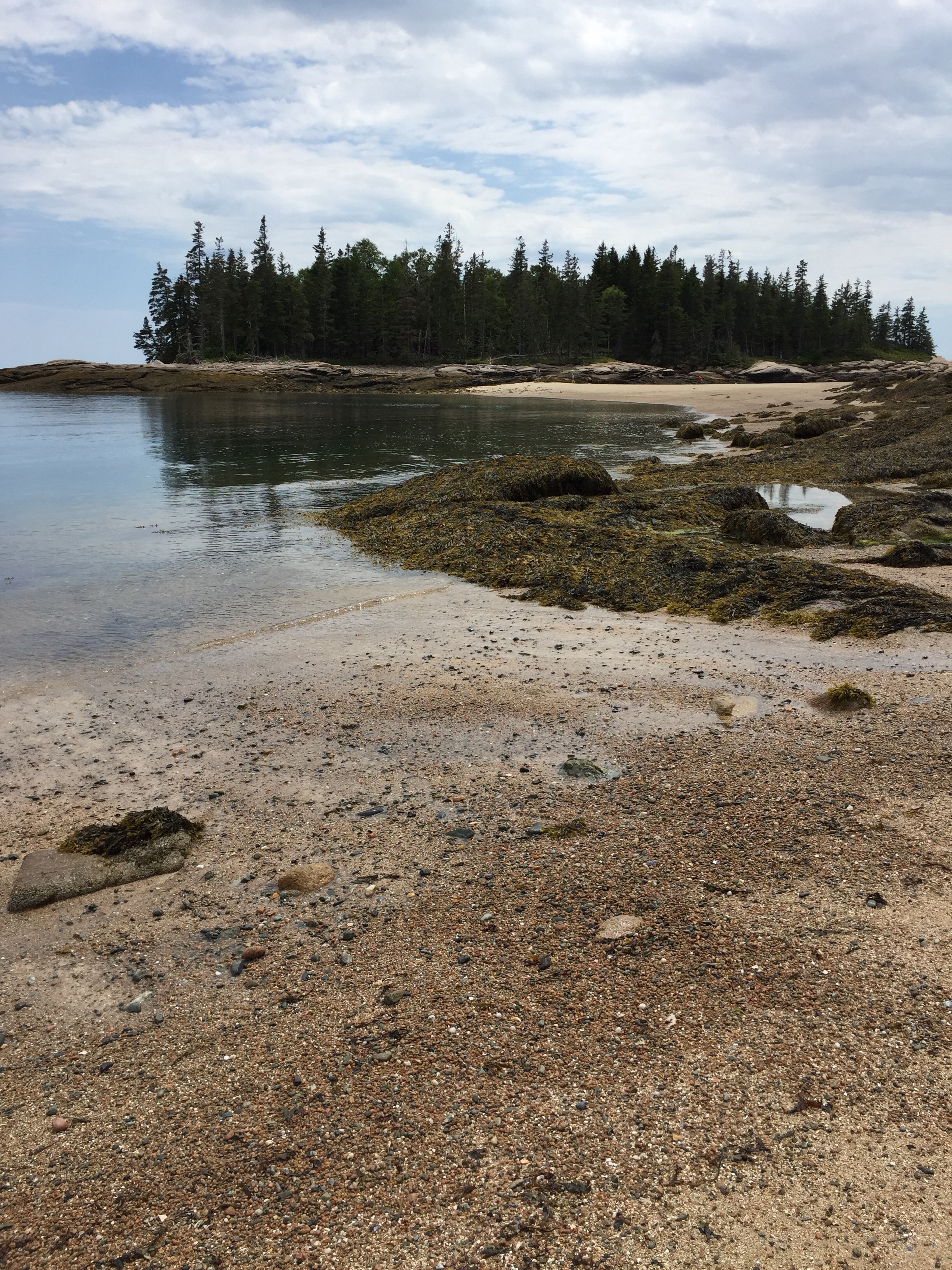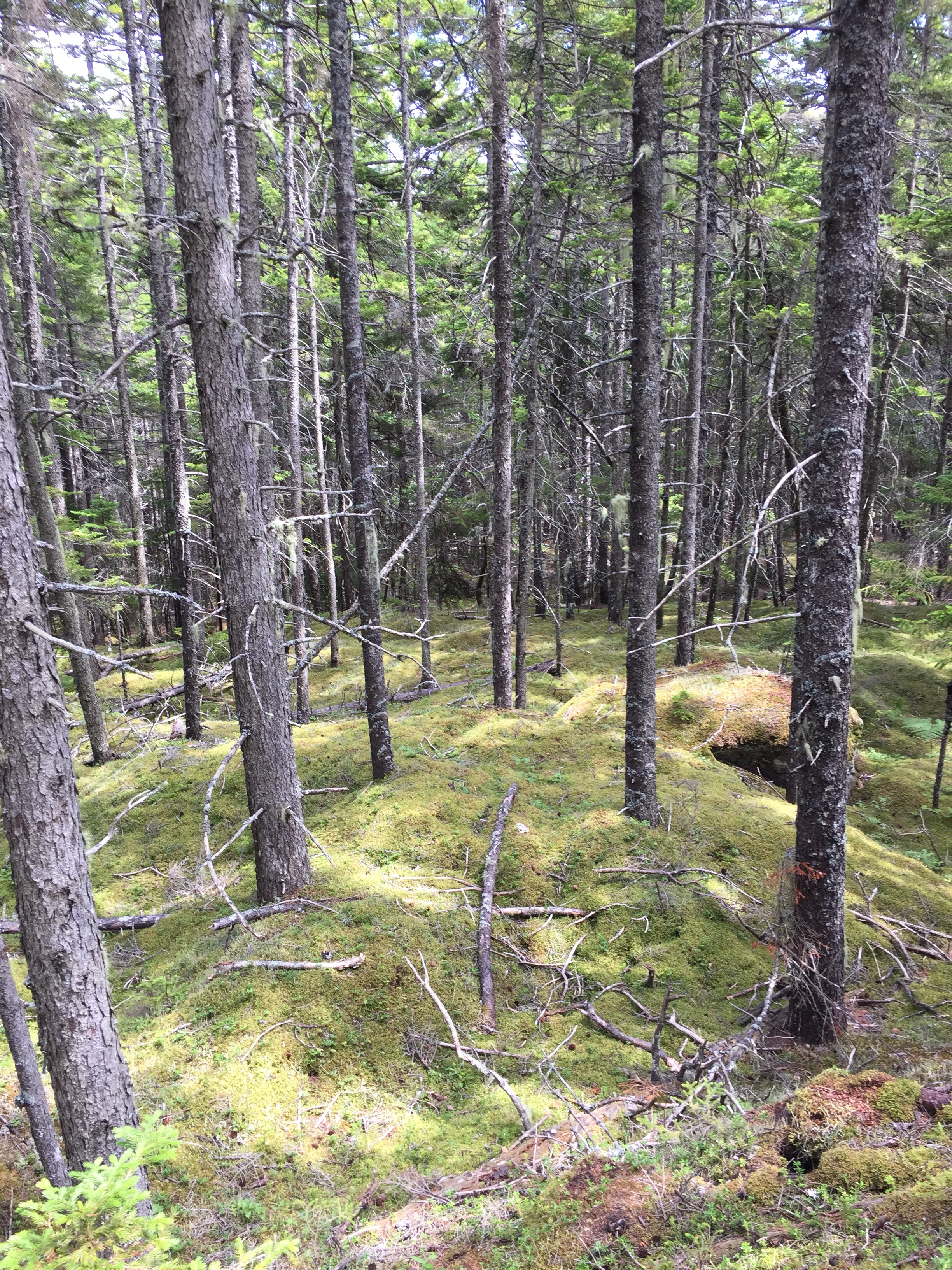/cloudfront-us-east-1.images.arcpublishing.com/gray/ZRFIC5KZBRHKNCOBPZU26OEEUE.jpg)
We’ll be tallying up and analyzing the consequences of COVID-19 for years to come. The pandemic has not only had a direct human toll, in terms of deaths, and hospitalizations, and illnesses, but also substantial indirect impacts — on businesses, on local economies, on social interaction, on children’s perceptions of the world, and countless other parts of our lives. This week Deer Isle felt one of those indirect impacts when the Island Nursing Home announced that it will be closing its doors in October after 40 years in business.
As has been the case with many of the human casualties, COVID was just one of the causes of the demise of the Island Nursing Home. As the article linked above indicates, the facility had been dealing for years with challenges in hiring qualified staff, attributable to a series of factors–a general shortage of qualified health care workers, its remote location on an island, “Maine winters,” and a lack of affordable housing in the area–and the COVID pandemic exacerbated the staffing shortage to the point that the facility can no longer provide care. And this isn’t the first time that the COVID virus has affected the facility, either; in 2020, there was an outbreak at the facility among both residents and staff.
The closure of the Island Nursing Home will have an impact on this community, by virtue of its position as a significant employer and because it will leave residents, and their families, with difficult decisions about where to go. Many of the residents are from this area, and the notion of moving away to unfamiliar surroundings is unsettling to them. And there will be challenges in finding places for the residents, because the staffing shortage experienced by the Island Nursing Home is also being felt by other facilities. That’s a real problem when a growing percentage of our population is aging and reaching the years when they are seriously looking at assisted living facilities.


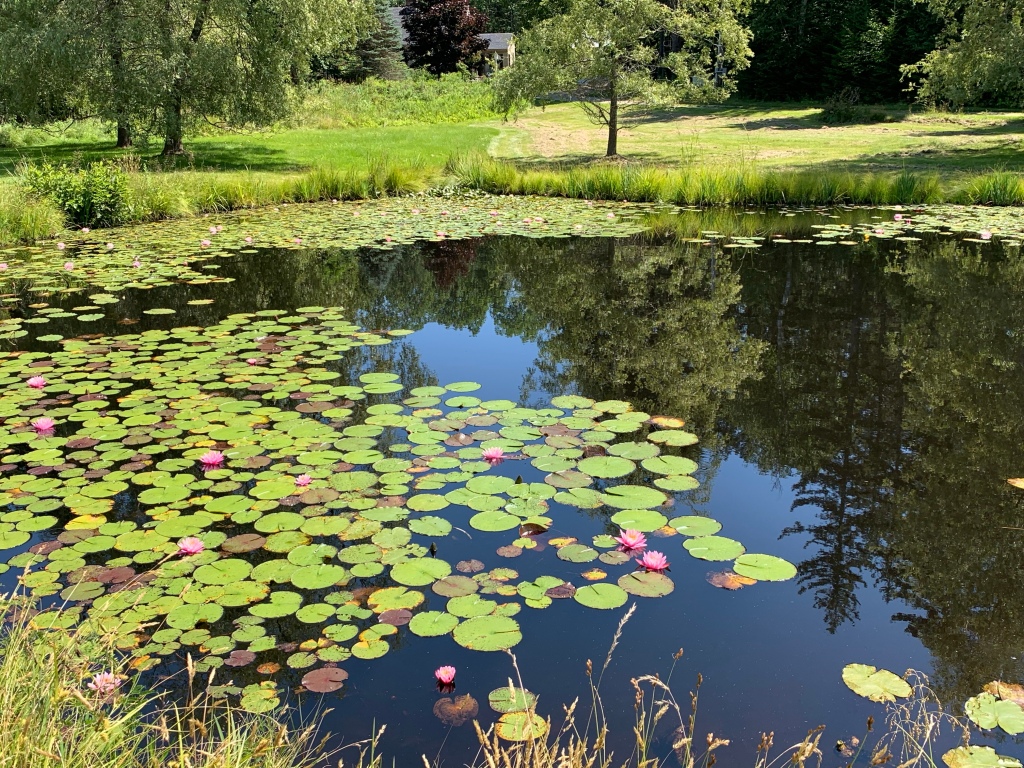


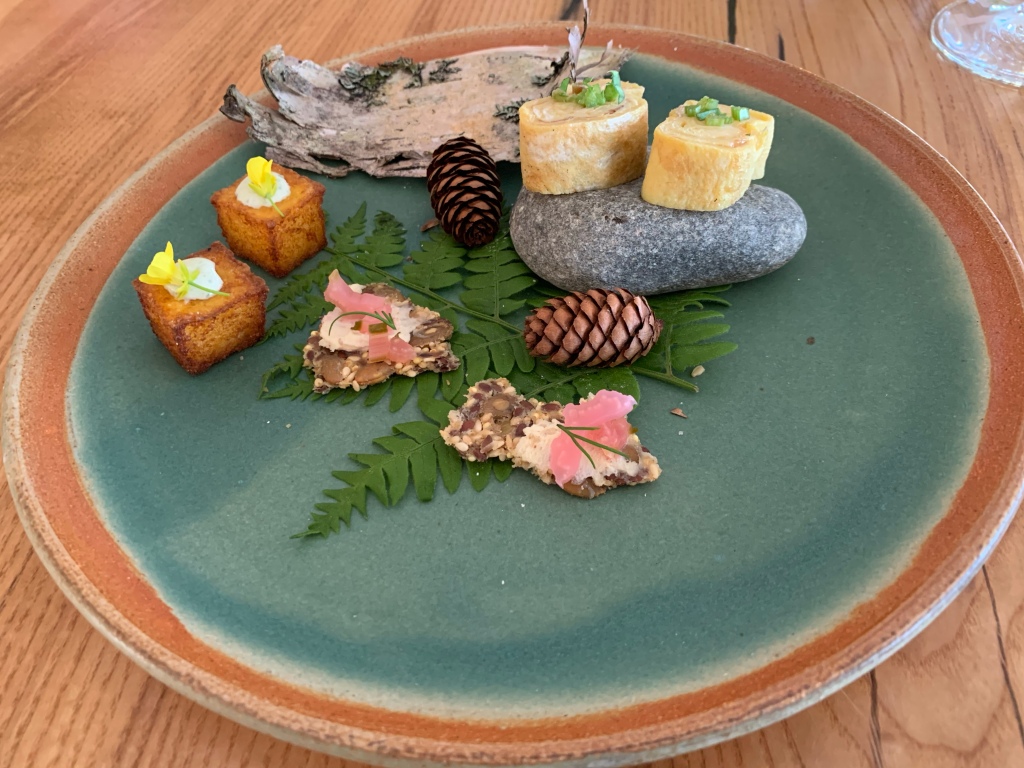



 (Whenever somebody says anything involving a “season,” my mind automatically cycles to a classic Looney Tunes where Daffy Duck and Bugs Bunny are ripping hunting posters off a telephone poll, arguing “Rabbit Season!” and “Duck Season!” with increasing vehemence, only to finally expose an “Elmer Season” poster. But, I digress.)
(Whenever somebody says anything involving a “season,” my mind automatically cycles to a classic Looney Tunes where Daffy Duck and Bugs Bunny are ripping hunting posters off a telephone poll, arguing “Rabbit Season!” and “Duck Season!” with increasing vehemence, only to finally expose an “Elmer Season” poster. But, I digress.)


